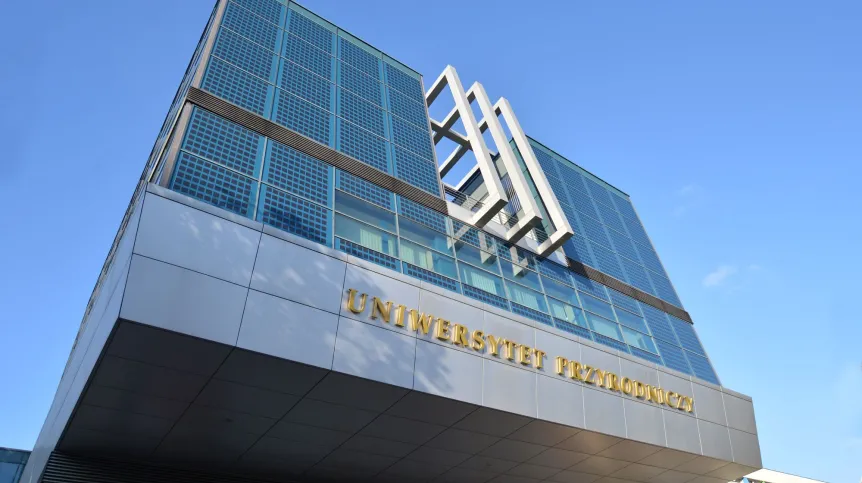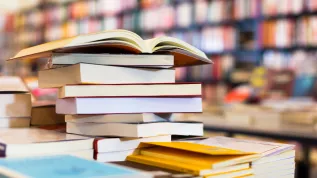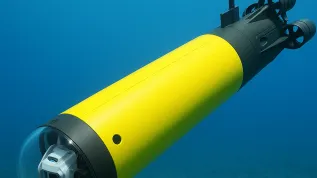
The Wrocław University of Environmental and Life Sciences has joined the global Race to Zero campaign that brings together cities, regions, enterprises and institutions that have committed to halving greenhouse gas emissions by 2030.
University spokesperson Małgorzata Moczulska said the university is the third Polish university, after the University of Warsaw and the Lodz University of Technology, to join the UN-backed campaign.
The condition for participation in Race to Zero is to diagnose the situation, set interim targets and develop an action plan.
Dr. Paweł Szyszkowski from the university’s Research and Development Centre said: “Therefore, the Wrocław University of Environmental and Life Sciences will first identify and inventory the functioning of the university units in terms of their impact on greenhouse gas (carbon dioxide and methane) emissions. This will be the basis for developing a balance sheet, based on which we will prepare an action plan to gradually reduce emissions of these gases.”
He added that photovoltaic panels are consistently installed on the buildings of the Wrocław University of Environmental and Life Sciences, saying: “Our swimming pool building is a great example.”
The entire front wall of the Wrocław University of Environmental and Life Sciences building at Plac Grunwaldzki has also been covered with photovoltaic modules which provide over 80 kWp of power.
There are also plans to install charging stations for electric vehicles powered by renewable energy at the university, and to limit trips in favour of online meetings.
Szyszkowski said: “We also plan to modernise the university's transport fleet with environmentally friendly vehicles, and promote remote methods of conducting classes, seminars and conferences. We will review all university facilities in terms of energy conservation and preventing heat loss.”
(PAP)
Author: Piotr Doczekalski
tr. RL













